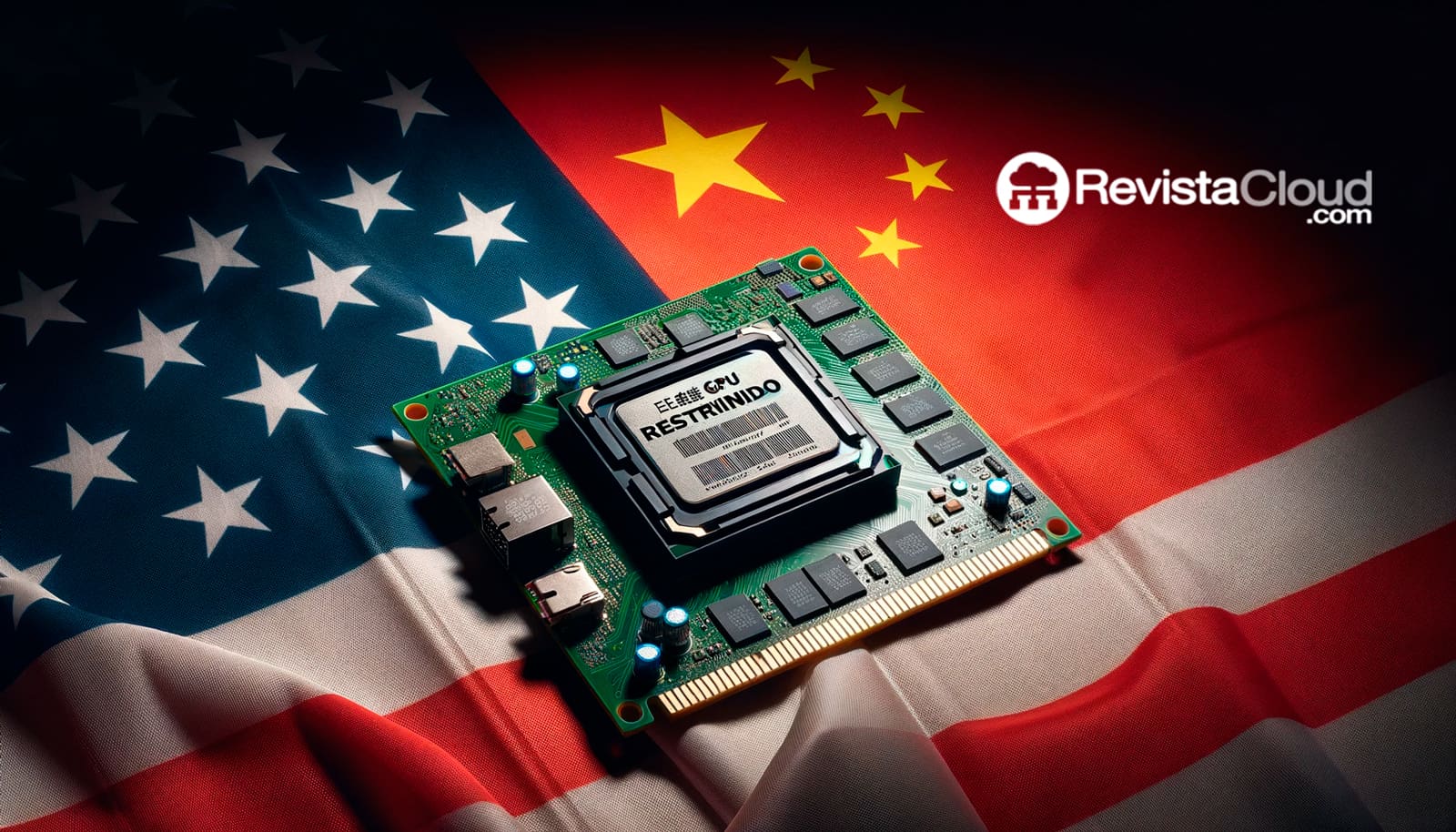Sure! Here’s the translation:
Despite a significant drop in sales in the Chinese market, the company surprises with solid results driven by its data center division.
Nvidia has once again demonstrated its adaptability in a challenging geopolitical environment. Despite the export ban on its H20 chips to China, imposed by the U.S. government in April, the tech giant has managed to close the first quarter of its fiscal 2026 with revenues of $44.06 billion (about €40.6 billion), surpassing even the most optimistic market forecasts.
This result comes in a particularly complex context for the company led by Jensen Huang. The new licensing regulations for exports to China resulted in a sharp decline in demand for H20 chips, forcing Nvidia to absorb a $4.5 billion write-down due to excess inventory and already acquired purchase commitments. The impact of the measure also translated into a lower net profit, which stood at $18.8 billion, down from $22 billion in the previous quarter. Additionally, the operating margin fell from 71.3% to 61%.
Still, Nvidia’s performance was considered robust by analysts, and markets reacted optimistically: following the release of the results, the company’s shares rose 5% in after-hours trading. The message from Wall Street is clear: although the Chinese market represents a significant loss, the rest of the world continues to demand at high speed everything Nvidia is capable of producing.
Blackwell Leads the Charge in Data Centers
The key to success has been the new Blackwell architecture, designed for artificial intelligence and supercomputing workloads. According to data provided by the company, the data center division grew by 73% compared to the previous year, solidifying its role as a strategic pillar for the company. Jensen Huang himself admitted that the ban on China marks “the end of Hopper,” the previous generation of chips that can no longer adapt to new regulatory requirements.
Despite this setback, the transition plan to GB300—the next evolution of the Blackwell architecture—is progressing smoothly, aiming to avoid the delays experienced with the initial launch of GB200. Nvidia keeps the door open for a possible modified version of Blackwell compatible with export controls to China, although specific details have not yet been provided.
Other Divisions Also on the Rise
Beyond its star segment, the company also achieved positive figures in other business areas. The gaming unit, driven by GeForce graphics cards, generated $3.8 billion in revenue. The automotive branch and professional solutions for workstations also showed steady or positive progress, reinforcing Nvidia’s diversified business character.
Outlook for the Second Quarter
Looking ahead to the second fiscal quarter, Nvidia expects to reach around $45 billion in revenue. However, it anticipates an additional loss of $8 billion due to ongoing trade restrictions. Despite this, market confidence remains strong, fueled by the continued expansion of demand for AI accelerators in data centers worldwide.
A Future Without China, But with Room for Maneuver
The geopolitical context forces Nvidia to seek alternatives to maintain its growth rhythm. Although the absence of the Chinese market is a burden, the company seems positioned to continue growing thanks to the strength of its technology, tight production capacity, and the insatiable appetite of the industry for AI solutions.
The case of Nvidia is yet another example of how trade tensions between the United States and China are reshaping the global tech landscape. Despite the restrictions, the company continues to break records and aims high, with an eye on a second half of the year where Blackwell will be the undisputed star.

